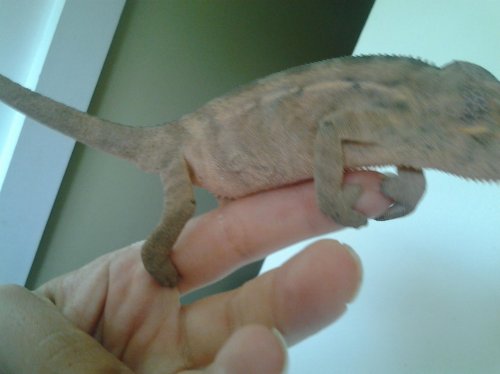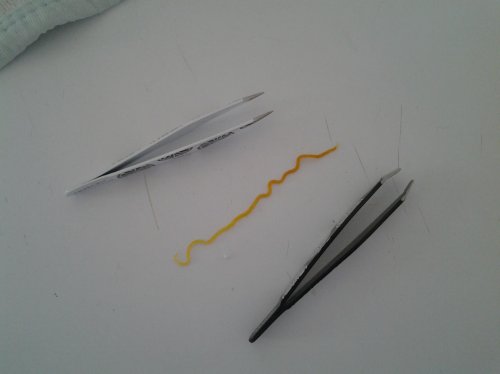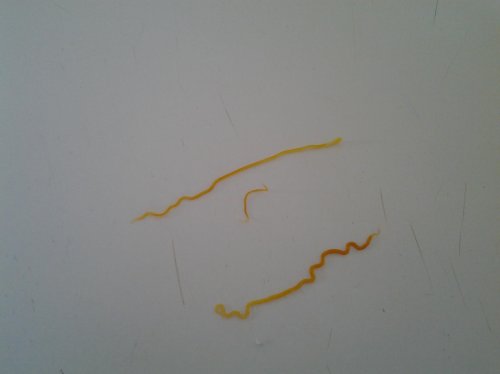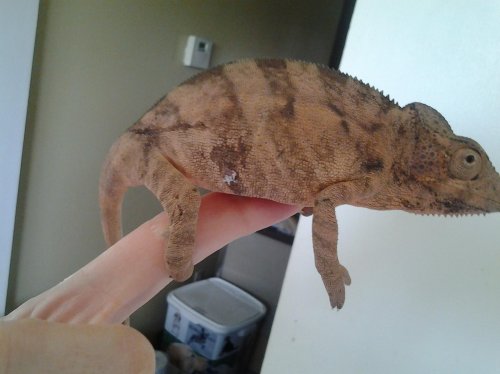Chameleon Nation
Avid Member
I had some WC chams with some filarial worms that I have been plumping up before I removed them. When they first got here they were very small and you could see them. Today they were pretty big and you could really see them under the skin.
This is not as bad as it looks. I used a pair of tweezers to lift the skin, then made a small incision where the worm was. Grabbed the needle nose tweezers and gently grabbed the worm and slowly pulled it out. There is some brusing from where she was being held and a bruise in the location of where the worm was. The little white spot is where the cut was. The white is corn starch.
This is not as bad as it looks. I used a pair of tweezers to lift the skin, then made a small incision where the worm was. Grabbed the needle nose tweezers and gently grabbed the worm and slowly pulled it out. There is some brusing from where she was being held and a bruise in the location of where the worm was. The little white spot is where the cut was. The white is corn starch.









